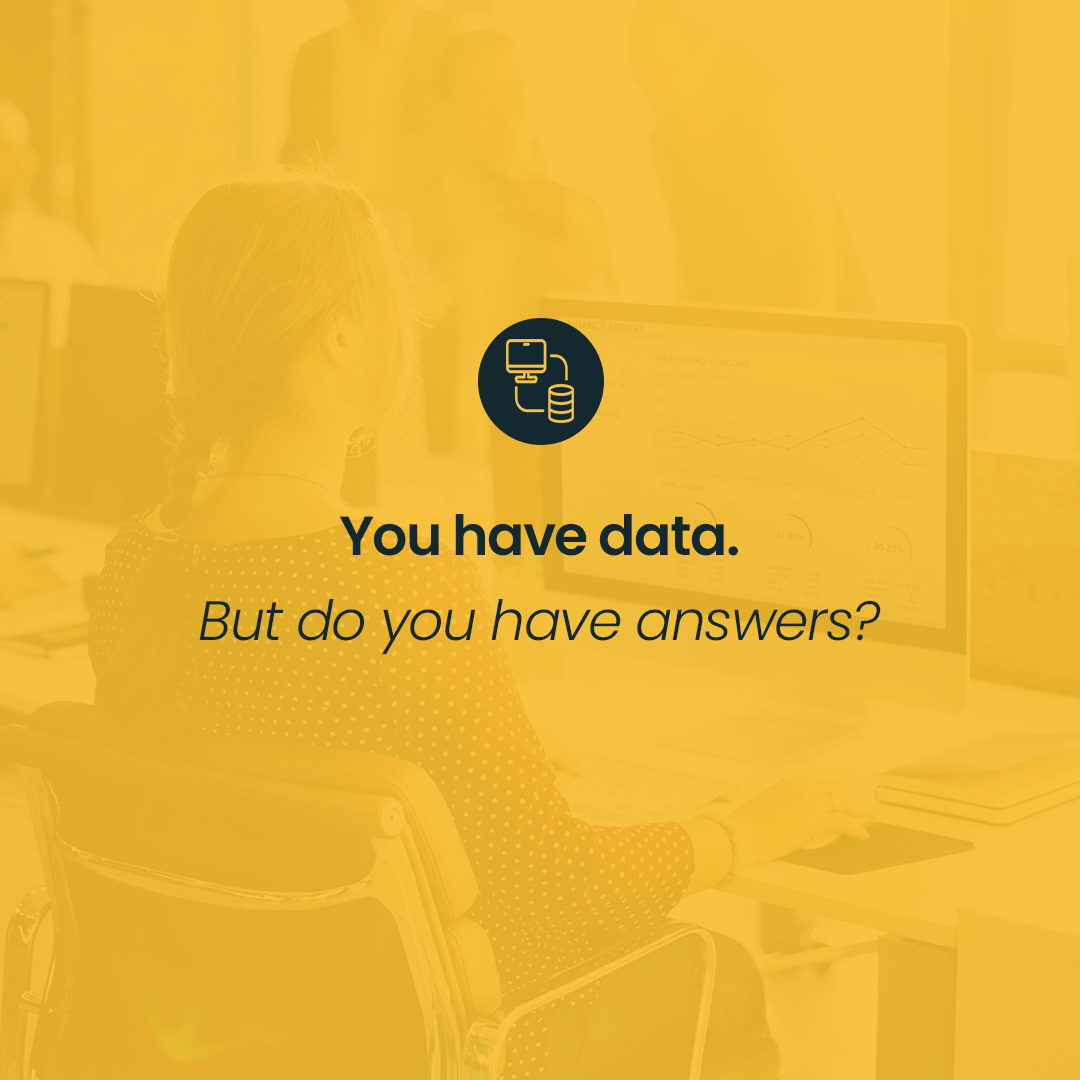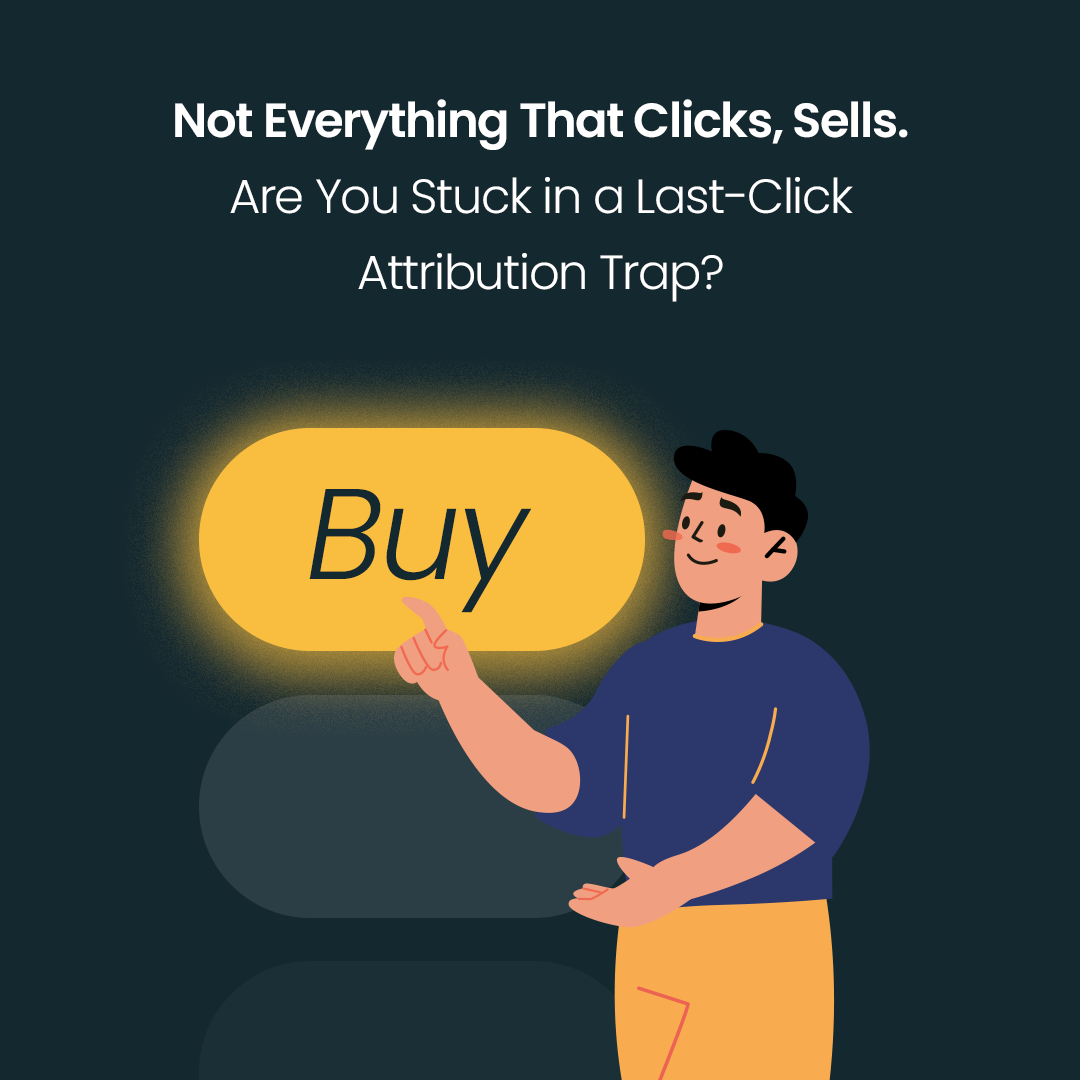To the e-commerce business, leveraging the power of mobile apps is becoming something obvious and necessary. Any newly-developed app needs to go a long way in order to reach a wider audience and make them feel it’s popular and much needed. You can advertize your app via the Meta environment to catalyze this process. In this article, I'm going to explain how to verify an app in Meta and how you can effectively advertize your apps.
Meta app verification
Once your app has been verified by Google Play and App Store, promotional activities can officially commence in Meta Ads. Now, you’re ready to register on Meta for Developers.
To set up an app click the green button - “Create App”. There’s no need for you to do that separately for every operating system. Once you register, all applicable operating systems will get added at the following stages of the configuration.
How to add an app to Facebook
Once the app creation process has started, a selection window will appear for you to choose what you want to use your app for. You can choose between Facebook authentication or launching a game on Facebook, or check ”other” for other options. Click “next” to see another selection window.
Click “next” to see another selection window. At this stage, select your app type. If you’re not sure which option to choose, it’s a good idea to select ”none”. Then, you will have access to all features. You’ll find a detailed list of app types here.
At this stage, select your app type. If you’re not sure which option to choose, it’s a good idea to select ”none”. Then, you will have access to all features. You’ll find a detailed list of app types here.
App configuration in Meta
Once your app is set up in Meta, it must be connected to apps that support IOS, Android or Windows operating systems. It is also possible to configure apps that run on Xbox, PlayStation and desktop versions of apps. To do this, go to the application panel on the Meta for Developers platform and see the basic settings. You will be able to add a platform at the very bottom of the page.

To facilitate the process of adding an app, get the developer of the app to continue the configuration of the app versions for each platform. You can add them to the system in the "roles" panel. Following Meta’s guidelines for Android, IOS, and Web systems, the configuration of the remaining platforms will be executed by selecting UNITY SDK. This process requires the implementation of Meta tracking codes (Meta SDK) in your app.
Switching app modes
After you have added your apps from various platforms, complete the following info in the settings:
App icon.
Link to the app privacy policy.
Next, switch from “development” to “live” to promote your app in Meta. In order to do that, drag the slider located at the top of the home page. If in doubt, the Meta help has the materials you need.
After completing the entire SDK implementation process, Meta offers the opportunity to check whether the whole process was successful and to test which events are being measured.
Ad objectives
When your application is fully configured, it is worth taking a look at the advertising objectives that you will use for its promotion. With their help, you can easily generate installations, direct traffic to the app, get specific actions such as registrations, tutorial completions, purchases, or optimize for transaction value. In this section, you’ll find information on how to set individual campaign objectives.
There are three advertising objectives available in the panel:
traffic,
sales,
app promotion.
App promotion
This objective has two aims: installation of the application and events within the application. If you choose the first option, the campaign will be optimized for the highest number of installations. When setting up the ad set, select your app, set the budget, and schedule the campaign. The other aim of this objective is to focus on specific events in the application and optimize the campaign for the greatest number of those events.

Manually set app ads and how to use them
These ad campaigns offer advertisers a wide range of configuration options - from choosing conversion optimization (including installation) to precisely selecting target audiences.
Campaigns based on the app installation objective, as the name suggests, are very effective in acquiring app downloads, especially at the initial stage of your advertising efforts. As the app develops, we recommend you compare the effectiveness of the "app promotion" objective to campaigns with the "sales" goal, as over time, the lowest installation cost is no longer the most important objective to achieve. When you want to get conversions other than just installations during the promotion, why don’t you try campaigns with the "sales" objective and compare them with the acquisition costs in campaigns with the "app promotion" objective.
Interesting fact!
In this objective, the users who have downloaded the application are not excluded by default; it is a good idea to do this yourself in the ad sets targeted at new users.
How to use the Advantage+ app campaign?
Advantage+ campaigns are a sub ad objective that offers a fully automated campaign for which we specify:
system the ads are to be run on,
country and the language of audience,
audience age,
actions we want to acquire,
budge,
campaign duration time.
After defining the aforementioned parameters, you should upload your creatives, be it a single image or video, or a carousel of images. You can also use a previously prepared catalog. Then, add the ad text and a headline. You can also embed a "deep link" that directs the user to a selected location in the app upon clicking.
Advantage+ campaigns work great at the beginning of the app promotion when we do not have much data about our customers. The number of acquired actions (installations, registrations, purchases) recorded by the SDK is very important. They allow the algorithm to "learn" and reach the most valuable users.
Automated app ads provide for the following optimization variants:
App installs - optimization of app installation + broad targeting.
App installs and app events - optimization of app installation + lookalike audiences and targeting based on the same interests.
App events - app events optimization + any targeting.
Maximize value of conversions - maximizing value of conversions + any targeting.
You’ll find a broader description of the performance goals achieved by particular campaign optimizations here.
Traffic and sales
These ad objectives are great for directing and acquiring traffic to apps.
When a user who does not have the application installed on their device clicks on an advertisement with these objectives, they will be directed to the app store, either Google Play for Android smartphones or App Store for iOS devices.
If a user who has already installed the application on their device clicks on the ad, they will be automatically redirected to the app's homepage. There is also the option to direct users to another location by using a "deep link".
How to use it?
The ”traffic” objective is less advanced when it comes to optimization. We can use it to acquire users who, most probably, will go to the app store page or the app. This option works best when you want to draw your users’ attention to the app.
Thanks to the „sales" objective, we can acquire users who are more likely to perform actions further down the customer journey than just downloading and displaying the application. What is really important (and not always communicated transparently): the action of app installation is not a conversion for which we can optimize campaigns with the "sales" objective. This is why this objective becomes a lot more useful when we have already observed the estimated and stable influx of new users. What is more, having your app installed at the lowest cost will no longer be the main focus of our activities. What will become much more important is reducing the costs of acquiring individual conversions. A good practice is to start optimizing for individual conversions once we have gathered at least 50 of them, as this will give the algorithm more data and help us more effectively lower our costs.
Summary
The promotion of apps may seem to be a low-hanging fruit, especially that we have a large number of available campaign optimization options. However, once you deep-dive into the details and aim to achieve the best results possible, you can encounter a number of obstacles and doubts. Before starting your promotional campaign, carefully consider your objective and the metrics by which it will be measured. With our experience and knowledge in app promotion, we would be happy to assist you in implementing and taking any action with your apps, no matter what the stage of their development is.






